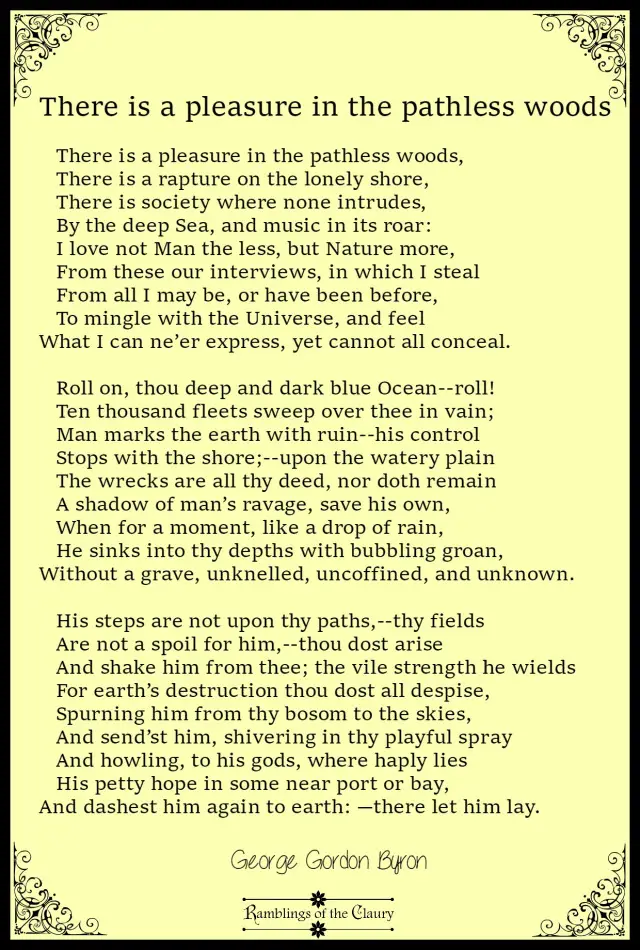

While our personal and social relationships require us to make time and effort to know others, this is the one relationship that requires us to invest time in quiet contemplation or in solitude, to bloom.Īpart from paying better attention to ourselves, it is through moments of solitude that we realize there is much to learn from contemplation, listening, and observation of the world around us.

It’s a relationship that is reflective of the companionship that we would enjoy with our real-life partner. In it, he conveys the significance of our relationship with our body from birth to death. What made his article unique was its emphasis on the responsibility we have regarding ourselves. Recently, I had come across a fascinating article titled “Who is your life partner?’ by Sri Sri Ravi Shanker, the founder of the Art of Living Foundation, the internationally famed volunteer-based NGO organization. It is also a reminder that taking care of it is our sole responsibility. If we are not to contemplate solitude as an inspiration for creativity, what still is so mysterious or irresistible about solitude? Is it the quietness that we immerse ourselves in or the fact that we remain in the world, yet undisturbed by the society that we are a part of? One point is the reality that it is in solitude that we connect to ourselves, our body. Few of these remarkable world-renowned personalities who made an impact on our planet with their inventions, discoveries, artistic, musical, and literary contributions are Issac Newton, Piccasso, Wolfgang Amadeus Mozart and Franz Kafka. They have astounded us with their original brilliance. Some of the most creative and prolific individuals we know have enjoyed the inspiration from solitude and the world around them. For me, his story is not just a glimpse of his literary skills but a reminder of the compassion he had for humanity at the tender age of seven. His story also conveyed his lucid recollection of that childhood boat trip and the solitude that he cherished every day in the afternoon to create that one story.

My Father today is no more, yet his story, to me, is a testimony of his mastery over his power of creative expression. He then took many more months to polish it to the level he felt satisfied enough to show the world his creation finally. In recent years, I had observed the significance of solitude and creativity when my Father took months to write a poignant story about an incident in his childhood titled, ‘The Elephant Story.’ Being a perfectionist, he had spent weeks planning his story in solitude, burning the midnight oil, before he wrote it.

Yet she spent a good deal of time to create her beautiful craftwork in solitude painstakingly. Her social interactions would have heightened her creativity. What was interesting about her was that just as she would enjoy spending time with the class and friends, she would also enjoy spending time quietly in her creative pursuits. Apart from making colorful paper dolls and their outfits, she was admired for her uniquely crafted flipbooks. In my 5th grade, I had a classmate, Sumitra, who used to be known for her chirpiness, intellect, and creativity. It seeks to help us connect to ourselves and life, find meaning, and in the case of many, helps them to express the awareness or the wisdom they have gained through the experience in their unique manner. Whether it is the case of writing, painting, or anything that has to do with creativity, our mind refreshes itself in the companionship of solitude. While the contribution of ideas from others contributes to our creativity, the role of solitude in stimulating our creative mind is a universally accepted phenomenon. There is a rapture on the lonely shore….” “There is a pleasure in the pathless woods, A verse from his poem, “Childe Harold’s Pilgrimage,” emerged to have an identity of its own and came to be known as one of his most famous short poems, “There is Pleasure in the Pathless Woods.” This poem’s depiction of tranquility and solitude stands as a testimony to why Byron is famed for his contribution as a Romantic poet. He was able to artfully convey this passion by portraying his feelings through exquisite poetry that celebrated the beauty of love and solitude. Charismatic and brilliant, the poet and politician George Gordon Byron, or, as he is more popularly known, Lord Byron (1788-1824), captured the colorful imagination of the Regency period with his literary skills and his debonair appeal.Ĭontroversial to say the least, his life long quest for debauchery and poetic prowess reflected his dangerous yet intriguing passion for life. The Romantic Literary Movement in England was intensified by the presence and the contribution of a talented young man.


 0 kommentar(er)
0 kommentar(er)
